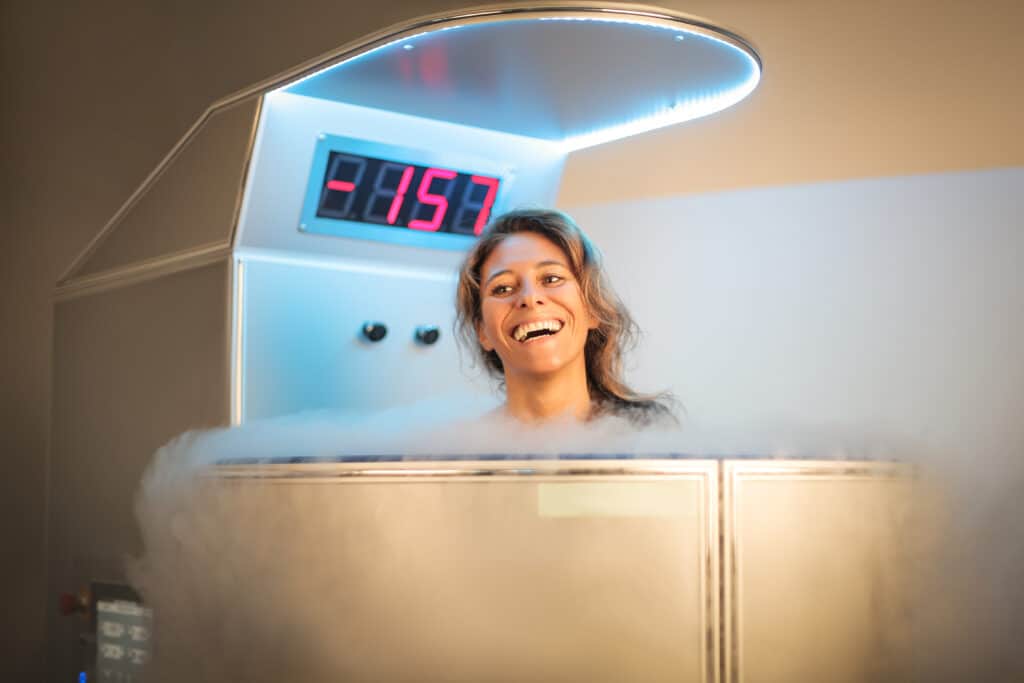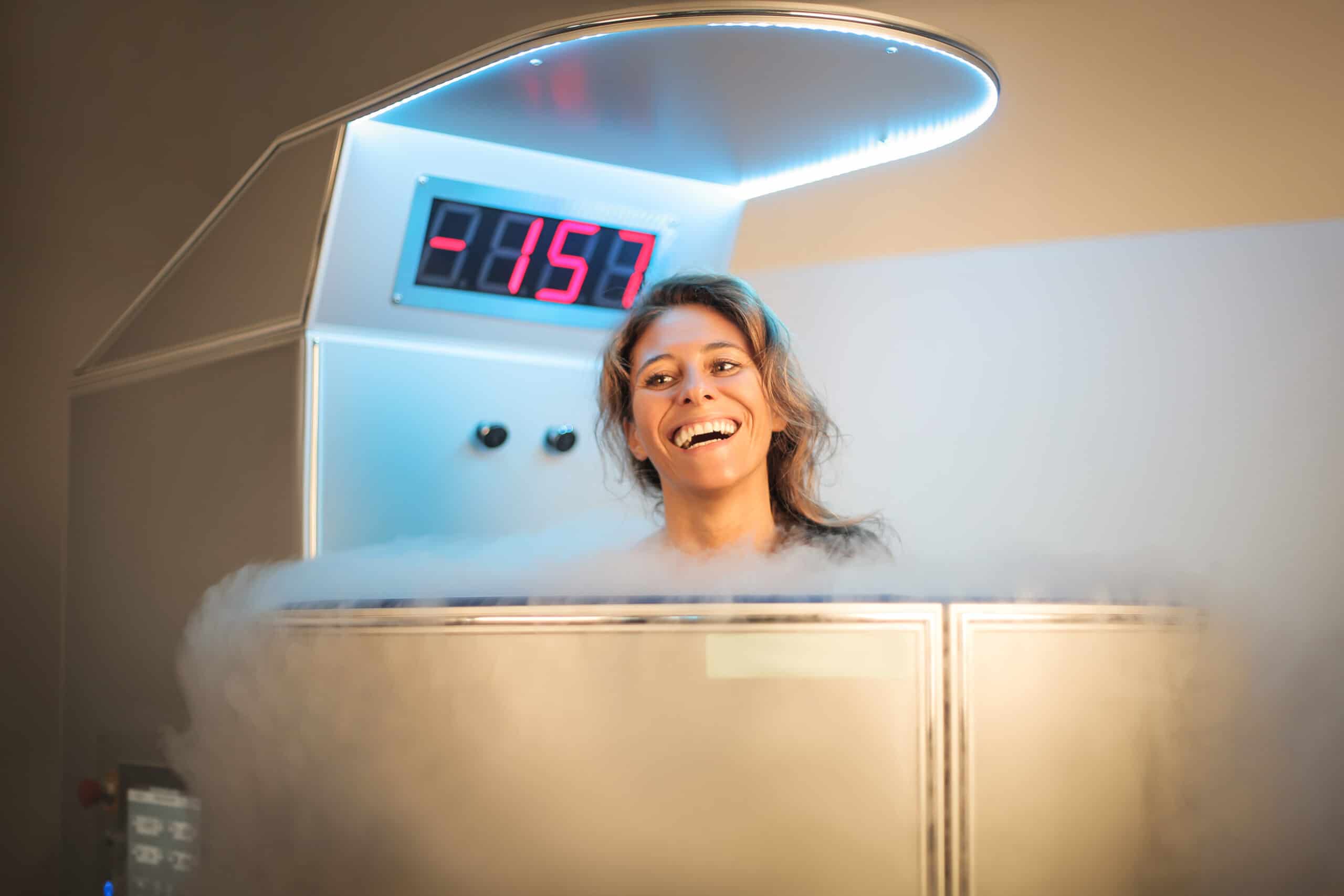Working out can leave you feeling a little sore the next day. While a little soreness is nothing to be concerned about, it can also prevent you from really putting in 100% in your next session. If you are wondering help speed up the muscle recovery process so that you can fit and ready for the gym the next day, here are some tools that you can use and their benefits.
7 Tips to Speed Up the Muscle Recovery Process
Cool Down & Stretching
You should never skip your cool down following a gym workout. There are many advantages to cooling down and stretching, and one of them is helping to reduce muscle fatigue.
During your workout, your heart rate would have increased, so your cool down gives it time for your heart to return to its normal state at a more regulated pace. This will reduce the release of lactic acid (which is released during exercise).
More oxygen is circulated around the body, relaxing the muscles. The time you take to cool down is hence so critical to helping speed up the muscle recovery process.
Foam Rolling
A common sight at the gym is people using foam rollers before and after a workout. A foam roller aids in myofascial release; it helps to loosen the muscles and joints while also increasing mobility.
With foam rolling, you release muscle tension, especially if this is done after a gym workout. This is an alternative to a massage, where you can do it yourself. One advantage of this is that you can really focus on areas that are sore for you and spend a bit more time foam rolling there.
If you feel a knot or sore area, try to hold the foam roller over it for a bit long, or even roll back and forth in that space.
Releasing this tension means that you are also promoting better blood and oxygen circulation around the body. This will ultimately help to speed up the muscle recovery process and decrease DOMS (delayed onset muscle soreness).
Massages
Massages are a great muscle recovery tool. While once-off massages are useful, to really reap the benefits, it is best to receive regular massages. Long-term use helps to relieve muscle tension, preventing the risk of injuries.
Other advantages of massages include:
– Gets the blood flow moving around the body by dilating the blood vessels, bettering blood circulation
– Loosens muscles, hence increasing range of motion
Dry Needling
Another option to speed up the muscle recovery process is through dry needling. If you are scared of needles, however, maybe it is best to avoid this one.
Dry needling consists of a very thin needle penetrating through the skin to hit a specific trigger point such as a muscle knot. You know when you have hit a trigger point when you feel resistance or a twitch. Once the unhealthy muscle tissue is pinpointed, you use the needle to gently manipulate the area before removing it. This process is repeated several times.
So what is the benefit of dry needling?
Dry needling helps to speed up muscle and tissue recovery. With that twitch or resistance you feel, it sends a signal to the brain to start repairing that damaged area. This will help to restore normal tissue function.
Not only that but dry needling decreases inflammation while also increasing circulation around the body.
Sauna
The sauna is passive heat therapy. If your gym has a sauna, definitely take advantage of it so that you can speed up the muscle recovery process.
The sauna is a room that is heated, which helps the body emulate the effects of moderate exercise. You may feel your heart rate slightly increase and you will most definitely sweat. Not only that, you will also feel your muscles relax.
What the heat does in the sauna, is encourage the waste buildup from your muscles and joints (from exercise) to go to the surface of the skin. This then disappears as sweat.
Not only that, a sauna increases the flow of blood around your body. This means that your muscles are provided with more oxygen, helping in muscle recovery.
By heading to the sauna after a good workout, you will loosen your muscles, which will help to alleviate some of the soreness you may potentially experience.
Cryotherapy
A fitness trend gaining more traction the past few years is cryotherapy. Cryotherapy is when you go into a chamber for approximately 3 minutes in sub-zero temperatures. The point of this is to provide a safer and healthier alternative to the typical ‘ice bath’ that athletes and gym goers use to speed up the muscle recovery process.
Compared to the ice bath that promotes muscle stiffness, cryotherapy uses liquid nitrogen to submit the body to cold temperatures without stiffening the muscles or damaging the skin.
The benefits of this post-workout recovery tool are to alleviate inflammation, pain and soreness. It aids in discharging toxins from the tissues and directs blood flow to your vital organs, improving circulation. This is a big reason why so many pro athletes, like Lebron James, are actually putting cryotherapy tanks in their own homes.
Eat, Sleep and Hydrate
Along with these tools, basic functions such as eating and sleeping well and making sure you stay hydrated can really aid in the muscle recovery process.
A post-workout meal that is protein-rich can promote faster muscle repair and growth. Sleeping well at night gives your body the proper time it needs to rest and recover while staying hydrated can ensure that your bodily functions and organs are all performing at its optimum level.
Hopefully, you would have found one or more ways to help speed up the muscle recovery process in this article. While some should be mandatory after a workout session, such as cooling down and stretching, others like cryotherapy may be new territory. Try out different options to see which ones give you the better muscle relief so that you can head back to the gym feeling 100%.
Jefit is a gym workout app that helps all gym goers and athletes keep on track with their fitness goals. It has the largest exercise library complete with free workout routines to help mix up your training. It also gives you the ability to update and share your workout log with the supportive community.
What other tools or therapy do you use to help speed up the muscle recovery process? Which ones on this list have you found to be the most effective for you? Leave us a comment below, we would love to know!
- Helpful Tips to Understand the Differences Between Macronutrients - February 20, 2024
- 5 Strength Training Disciplines That Will Build Muscle - December 29, 2023
- How Many Times a Week Should You Workout? - December 27, 2023


Pingback: Common Gym Injuries and How to Fix Them Yourself
Pingback: 5 Tips on How to Get Back to the Gym After Taking a Long Break
Pingback: A Beginner's Easy-to-Follow Guide to Supplements
Pingback: What to Eat Before and After a Workout (Plus Meal Ideas)
Pingback: How Many Times a Week Should You Workout According to Your Goals?
Pingback: HIIT or LISS: Which One Will Get Me Better Results?
Pingback: Sleep Deprivation Causes and Effects in Your Gym Performance
Pingback: Easy Dieting Tips that Prioritize Your Health
Pingback: Don't Miss Out on These Great Benefits of Leg Day
Pingback: How to Use a Pool to Recover Faster From Workouts | Jefit - #1 Gym / Home workout app
Pingback: Training Tips for Beginners
Pingback: Nexx Gen Supps - Beginners Guide to Supplements
Pingback: 5 consejos para volver al gimnasio - Proyecto de vida
Pingback: Some of the Best Recovery Methods for Different Exercises | Jefit - #1 Gym / Home workout app
Pingback: How to Speed Up Muscle Recovery After a Workout | Jefit - #1 Gym / Home workout app